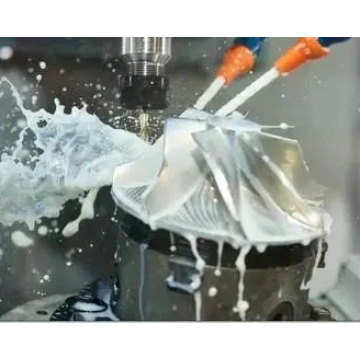
Privacy statement: Your privacy is very important to Us. Our company promises not to disclose your personal information to any external company with out your explicit permission.
![]() November 30, 2023
November 30, 2023
 Which additives are prohibited in the cutting fluid?
Which additives are prohibited in the cutting fluid?
At present, organic borate, polyester, fatty acid ester, polyacrylamide, alkyl fatty acid and other alternative substances have been reported. Organic borate as a Lubricant Additive has a lot of research, with non-toxic, non-volatile, extreme pressure lubricity, and both anti-rust, antibacterial, anti-virus and other functions, is a special two-ion surfactant substances, these make borate additives, as a multi-functional additive in cutting fluid, its application is more and more extensive.
Second, rust prevention agent
The above is the Which additives are prohibited in the cutting fluid? we have listed for you. You can submit the following form to obtain more industry information we provide for you.
You can visit our website or contact us, and we will provide the latest consultation and solutions
Send Inquiry
Most Popular
lastest New
Send Inquiry
Send Inquiry

Mr. James
Tel:0086-371-58651986
Fax:
Mobile Phone:+8613783582233
Email:sales@cn-lubricantadditive.com
Address:No.11 Changchun Road, High-Tech Zone, Zhengzhou, Henan
Related Products List
Mobile Site


Privacy statement: Your privacy is very important to Us. Our company promises not to disclose your personal information to any external company with out your explicit permission.

Fill in more information so that we can get in touch with you faster
Privacy statement: Your privacy is very important to Us. Our company promises not to disclose your personal information to any external company with out your explicit permission.